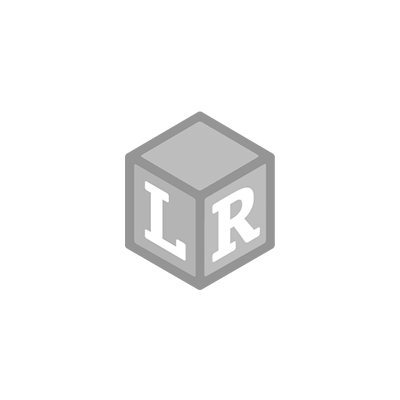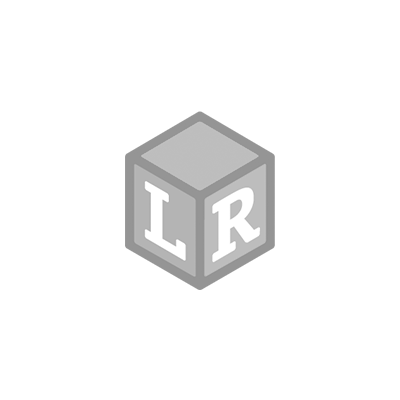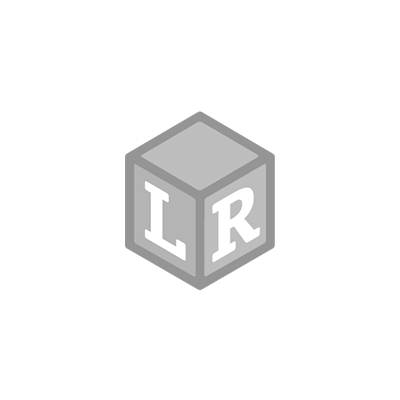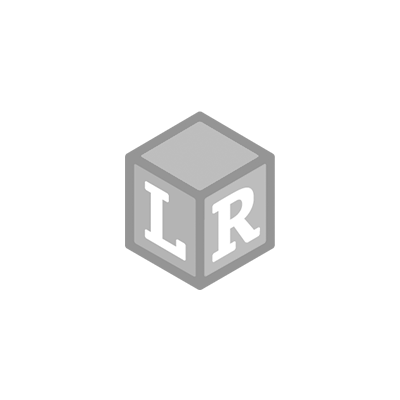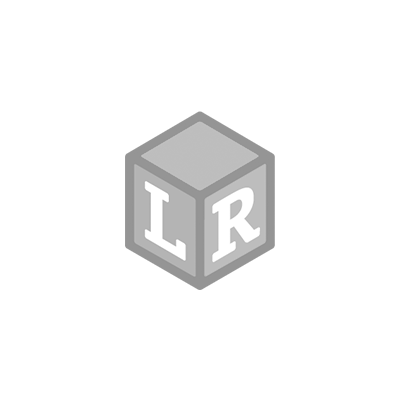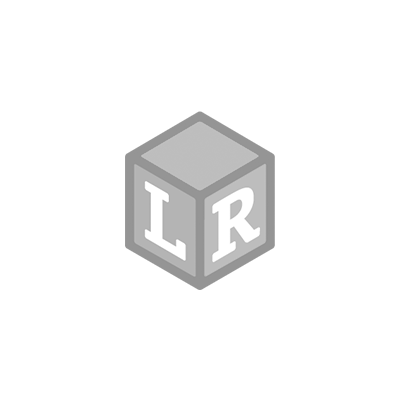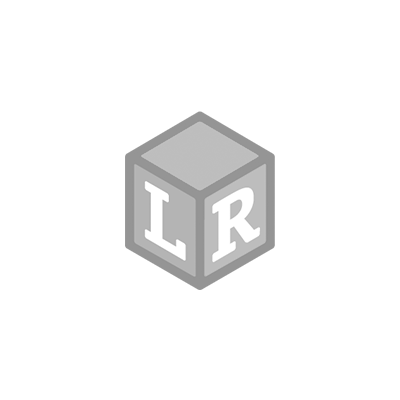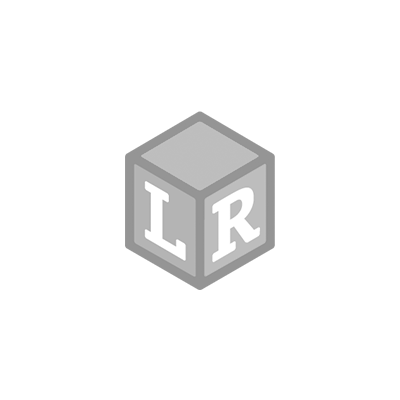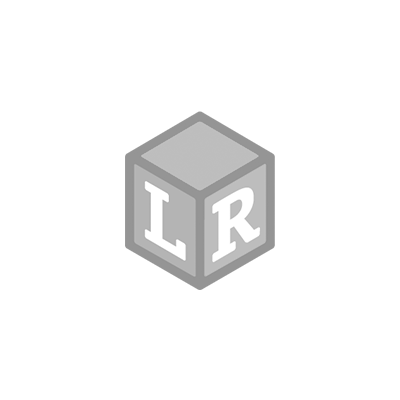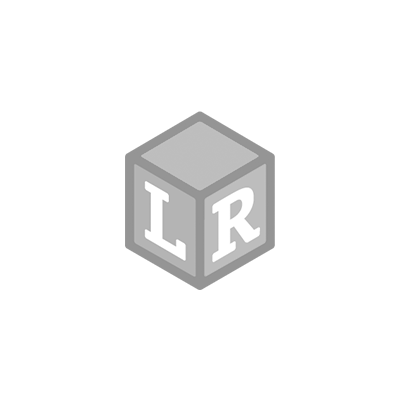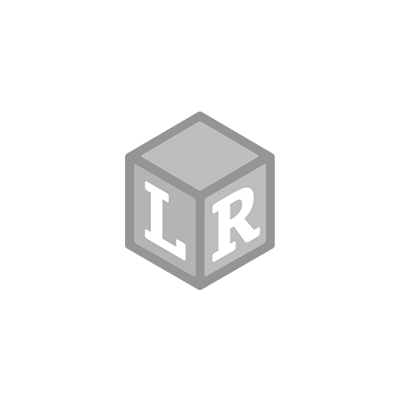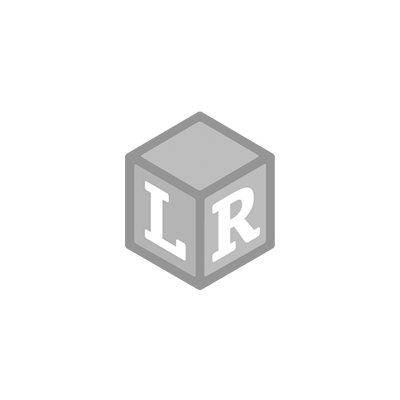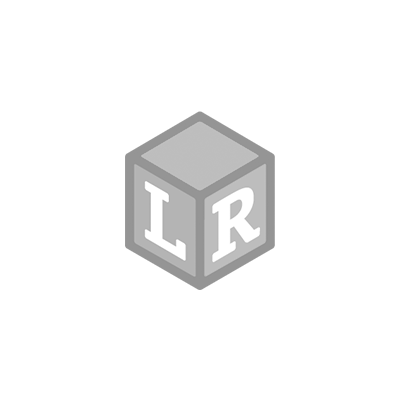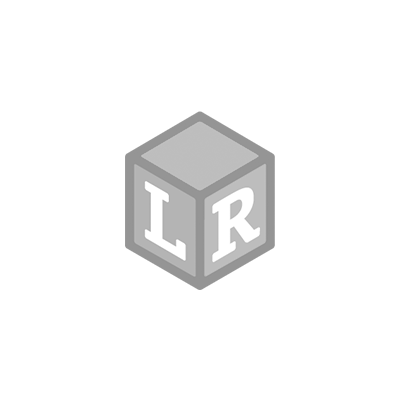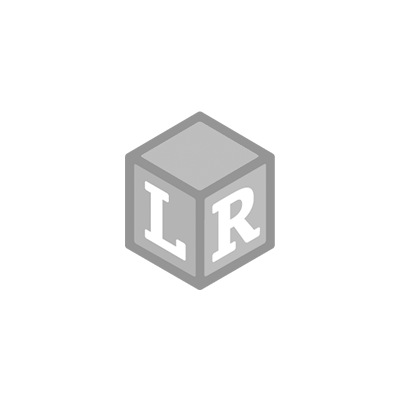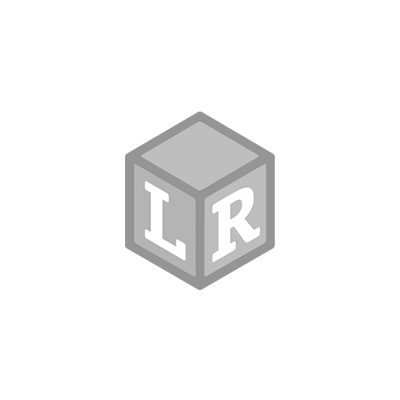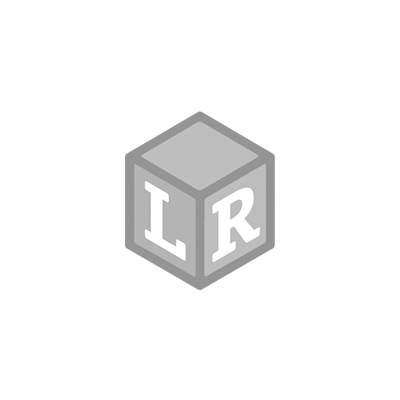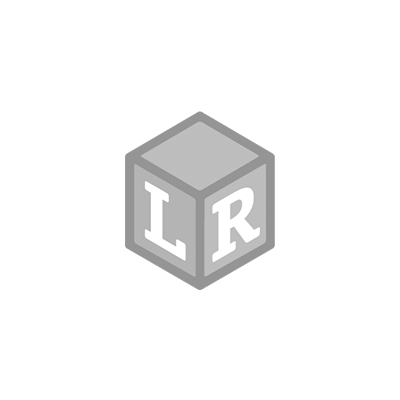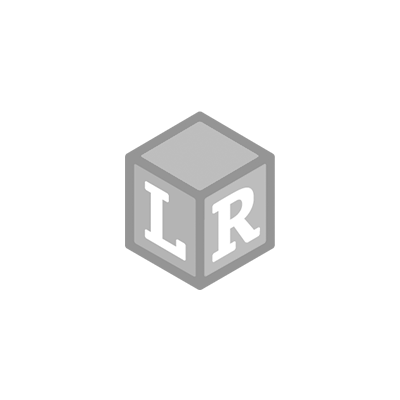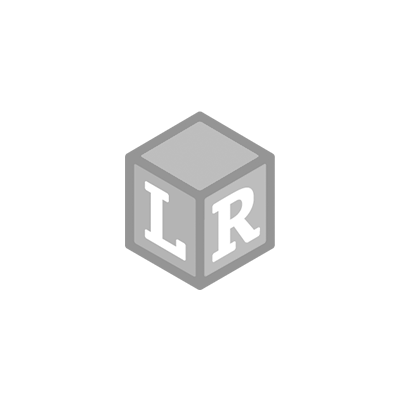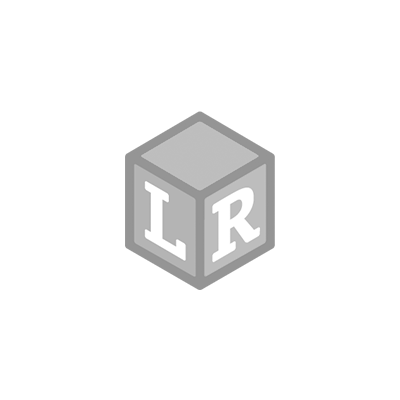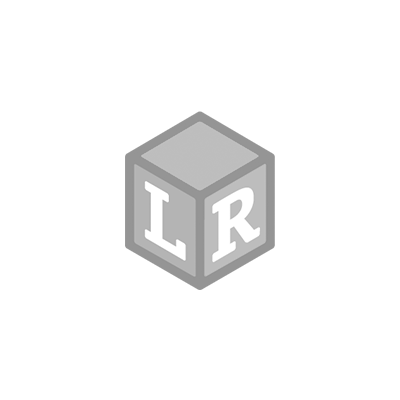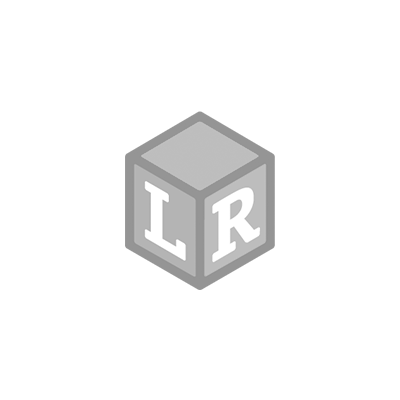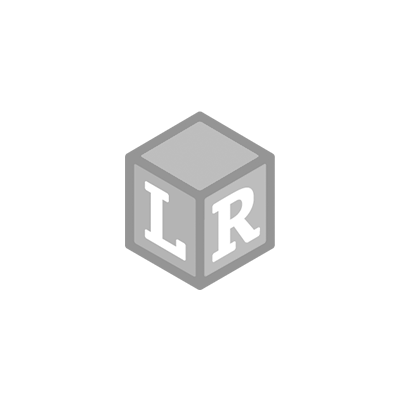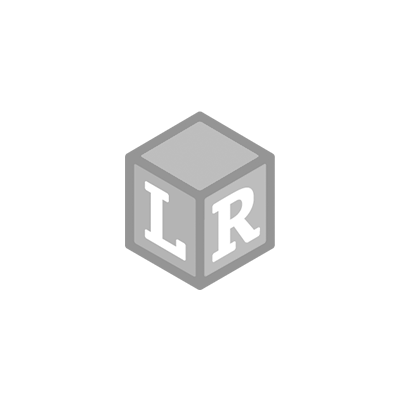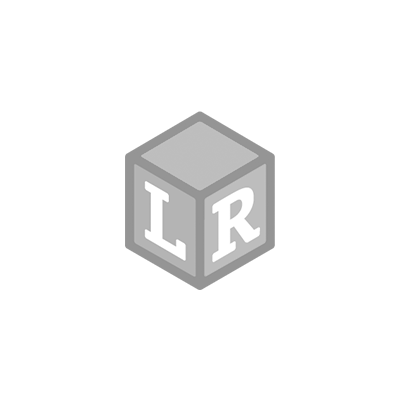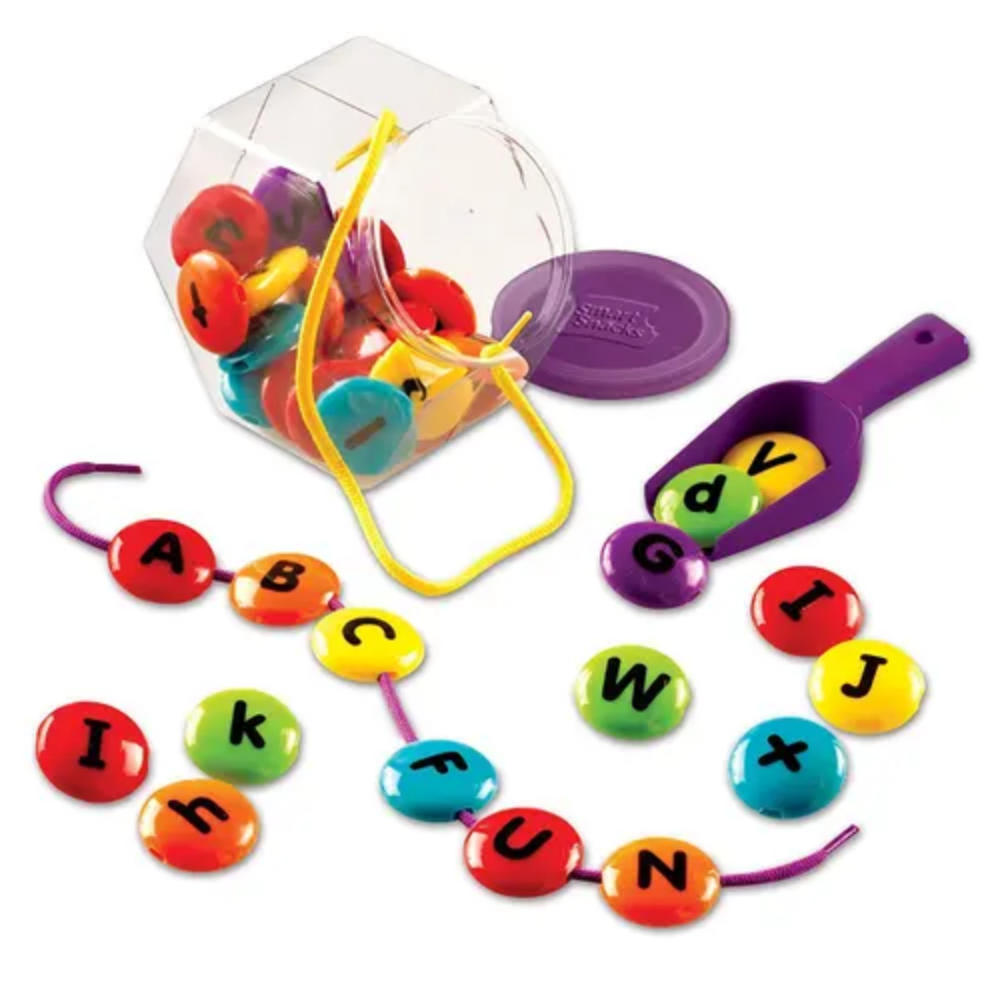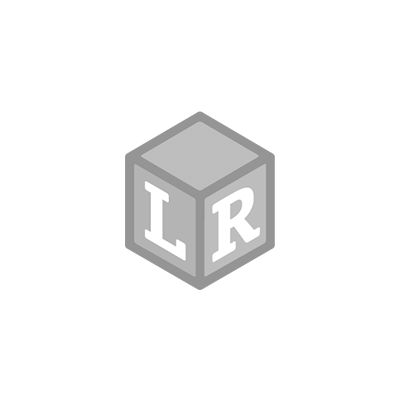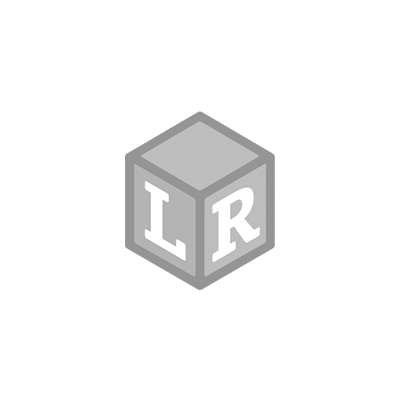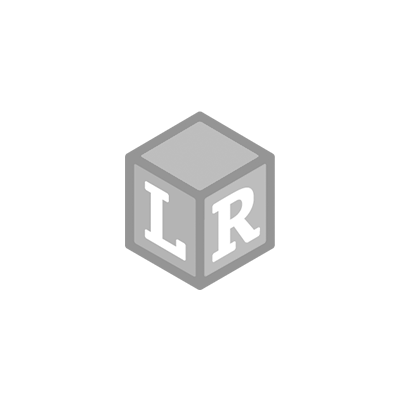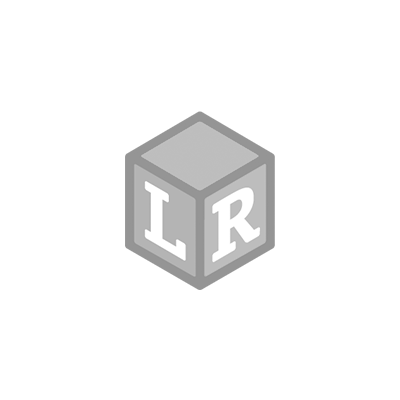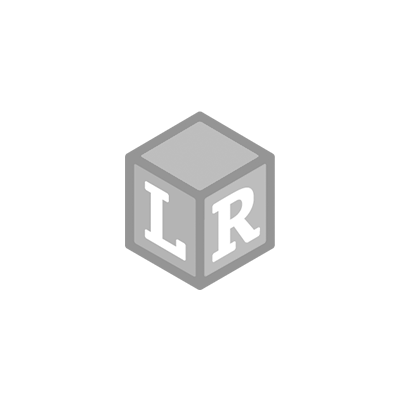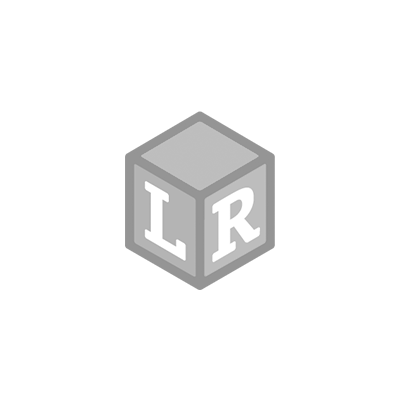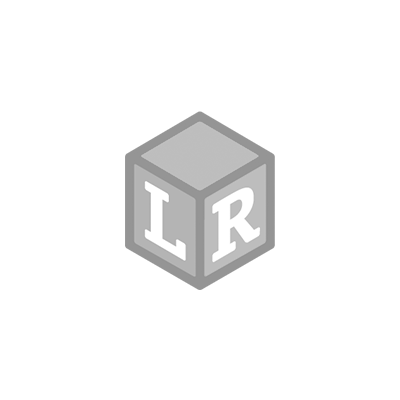
Naming & Exploring Big Feelings
- Gabrielle Fischer Posted On Mar 1, 2021 | Social-Emotional Learning
Anyone else already feeling lots of big feelings in 2021?
We all know a young child’s brain is developing quickly in their earliest years. Part of that development includes building important foundational skills like understanding and expressing their own emotions, managing their responses to those emotions, and recognizing and developing empathy for others' feelings.


If you are like our family, you’re looking for any way to support your toddler’s social-emotional learning this year. Maybe you’re motivated because they’ll start preschool in the fall, and you want them to be resilient during challenging moments when you’re not present to support them. Perhaps you want them to be able to have the skills necessary to foster strong relationships and friendships -- something they might not have had a lot of practice with during the pandemic. Or maybe they're merely two, and you’re all just baffled by the tantrums and nuanced big emotions they are exhibiting.
Below are some fun, engaging activities you can do with your child to help them build the language necessary to name and differentiate between their own big feelings and those of others, thus laying the groundwork for self-regulating and responding purposefully to those emotions when they arise.
Materials we used:
- Learning Resources Big Feelings Pineapple
- Learning Resources All About Me 2-in-1 Mirrors
- Picture books about emotions/feelings (examples shared below)

We began our play by exploring and revisiting books that included descriptions of various emotions or highlighted diverse people/characters expressing various emotions in illustrations and photographs. Then, we named each facial expression we came across. Here are some titles we enjoyed:
- Making Faces: A First Book of Emotions by Abrams Appleseed (board book)
- Baby Happy, Baby Sad, and Mad, Mad, MAD by Leslie Patricelli (board books)
- In My Heart: A Book of Feelings by Jo Witek (picture book)
- The Feelings Books by Todd Parr (picture book)
Next, to deepen connections and demonstrate understanding, we practiced making and identifying our own angry, sad, silly, happy, nervous, and surprised faces in front of the All About Me 2-in-1 Mirrors.


One side of each mirror shows a normal reflection, while the other is a ‘fun’ mirror that warps reflections for additional silliness. These mirrors are a wonderful resource for our youngest learners, as they are super-durable, easy to hold, and small enough to tuck in multiple play areas or pack up for play on-the-go.
Once we had built some confidence around a wide variety of basic emotions, we dove into another great social-emotional learning tool for exploring more nuanced facial expressions and related emotions: the new Big Feelings Pineapple!

This bright, two-sided pineapple toy comes with 26 different pieces for building various emotional faces ranging from silly to serious, including frustrated eyebrows, excited grins, and anxious eyes. A small poster included in the set illustrates various feeling prompts, including some opposite emotions like calm vs. anxious and happy vs. sad. (Bonus: Fine motor skills are acutely honed when lining up and placing each piece inside the pineapple’s holes!)
In addition to letting your child build their own imaginative faces, consider prompting their play and learning with questions like:
- What emotion is this pineapple feeling? How do you know?
- This pineapple looks nervous. What does your face look like when you are nervous about something?
- This pineapple looks sad or disappointed. What does/do my mouth/eyebrows look like when I make a disappointed face?
- This pineapple looks angry! What is the opposite of angry? Let’s build that face on the other side of the pineapple and compare how they look.
- This pineapple’s face is showing me that it is feeling frustrated about something. When you are feeling frustrated, what do you do/need to help you calm down?
In addition to practicing different faces and naming different emotions, we also used the All-About-Me mirrors to observe ourselves practicing some calming ‘belly breaths.’ This mindfulness technique can help your child slow down, reduce their heart rate, and bring awareness to their body when they feel frustrated, overwhelmed, or upset. When practicing belly breathing, have your child place their hands on their stomach and take a deep breath in through their nose, imagining their belly-filling up like a balloon, and then release the breath slowly through their mouth, like they’re blowing a huge bubble. Belly breaths are a great coping skill to practice when they feel calm, so they have that tool in their tool-chest for those difficult, big-feelings moments.


Looking to adapt or extend your social-emotional play and learning even further?
- Provide open-ended opportunities for your child to process or express their emotions through art or movement, like drawing, painting, or dance.
- Using a clear, upcycled water bottle or a Learning Resources Primary Science Sensory Tube, create a ‘calm down jar’ your child can utilize when they need a quiet moment to sit with and work through big feelings. Many inspiration and DIY guides for creating mindfulness or calm down jars can be found online, but they often involve some kind of liquid and glitter or beads that they can quietly watch fall from side to side.
- Even younger toddlers (1.5+) utilize the equally fun and fine-motor-friendly Learning Resources Learn-A-Lot Avocados to foster recognition of opposite emotions like ‘happy’ vs. ‘sad.’
- For older children (5-10) ready to have more in-depth conversations about their feelings and work through emotional scenarios they might encounter, open the door to dialogue with the Learning Resources Let’s Talk Cubes. These include prompts and questions like “What makes you feel safe and secure?” and “I feel most happy when…”
- Work together with your child to create a cozy, quiet corner in your home that they feel safe retreating to when they require space to self-soothe, regain emotional or physical control. Process big feelings -- think pillows, a friendly stuffed animal/lovey, helpful books (like Belly Breathe by Leslie Kimmelman, The Rabbit Listened by Cori Doerrfeld, Crankenstein by Samantha Berger, or Jabari Jumps by Gaia Cornwall) or other calm-down tools best suited to support your child.
 Shop UK Site
Shop UK Site 
